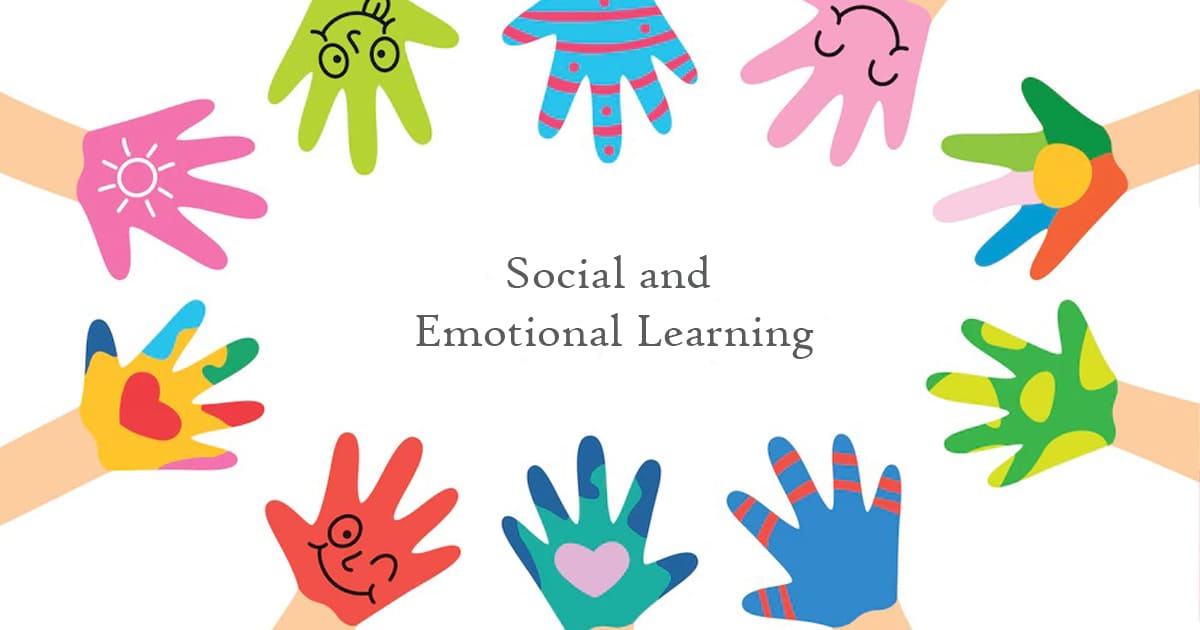Introduction: Beyond Academics – The Emotional Quotient
In the hustle of grades, assignments, and standardized tests, there’s an essential component of education that often gets overshadowed: Social-Emotional Learning (SEL). SEL is the process through which individuals understand and manage emotions, set and achieve positive goals, feel and show empathy, establish and maintain positive relationships, and make responsible decisions. But why is SEL gaining traction in modern education?
The Pillars of Social-Emotional Learning
- Self-awareness
This involves recognizing one’s emotions, values, strengths, and limitations. A student who is self-aware can better understand what they’re feeling and why, leading to better emotional regulation and self-control.
- Self-management
Beyond just recognizing emotions, students need tools and strategies to cope with them. This includes impulse control, stress management, and the motivation to achieve personal and academic goals.
- Social awareness
Empathy is at the heart of social awareness. It’s about understanding and respecting the perspectives of others and recognizing the norms of behavior in different settings.
- Relationship skills
Building and maintaining healthy relationships involves effective communication, conflict resolution, and cooperation.
- Responsible decision-making
This encompasses evaluating and reflecting on one’s actions, considering ethical responsibility, and making constructive choices.
The Transformative Impact of SEL
- Academic Success
SEL doesn’t detract from academic achievement; it enhances it. Students with strong emotional intelligence often perform better in school, as they can manage stress, focus better, and work collaboratively.
- Reduced Behavioral Issues
SEL programs have been linked to reductions in classroom disruptions, aggression, and even substance abuse.
- Improved Mental Health
By giving students tools to understand and manage their emotions, SEL can play a role in reducing anxiety, depression, and other mental health issues.
- Lifelong Skills
The skills learned through SEL aren’t just for school—they’re for life. Emotional intelligence, empathy, and conflict resolution are invaluable in personal relationships, workplaces, and broader societal interactions.
Integrating SEL in the Classroom
- Start the Day Positively
Morning meetings or circle time can set a positive tone. It’s a space for students to share feelings, discuss challenges, and set intentions for the day.
- Integrate into the Curriculum
SEL shouldn’t be a standalone lesson. Literature, history, and even math can be avenues to discuss emotions, ethical dilemmas, and interpersonal dynamics.
- Role-playing and Scenarios
Acting out situations can help students practice empathy, conflict resolution, and decision-making in a safe environment.
- Mindfulness and Meditation
Techniques like deep breathing, meditation, and even short breaks can help students become more in tune with their emotions.
- Foster a Safe Environment
For SEL to be effective, students need to feel safe—physically, emotionally, and mentally. This requires a concerted effort from educators, administrators, and students themselves.
Conclusion: The Heart of Education
As the famous educator and philosopher John Dewey once said, “Education is not preparation for life; education is life itself.” And life is not just about knowledge but about emotions, relationships, and personal growth. Social-Emotional Learning, thus, is not an optional add-on but the very heart of holistic education. It’s about nurturing not just the mind but the heart, ensuring our students are not just academically proficient but emotionally resilient and ethically grounded.


